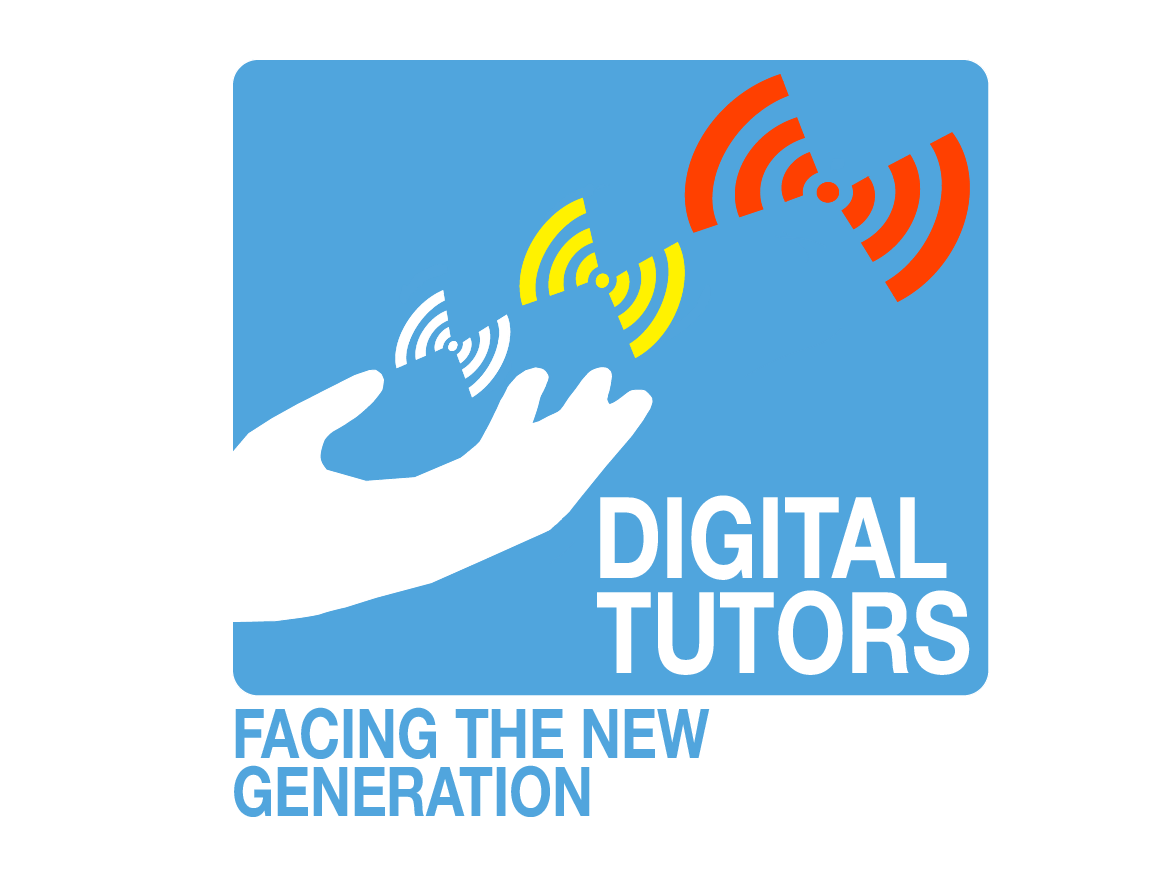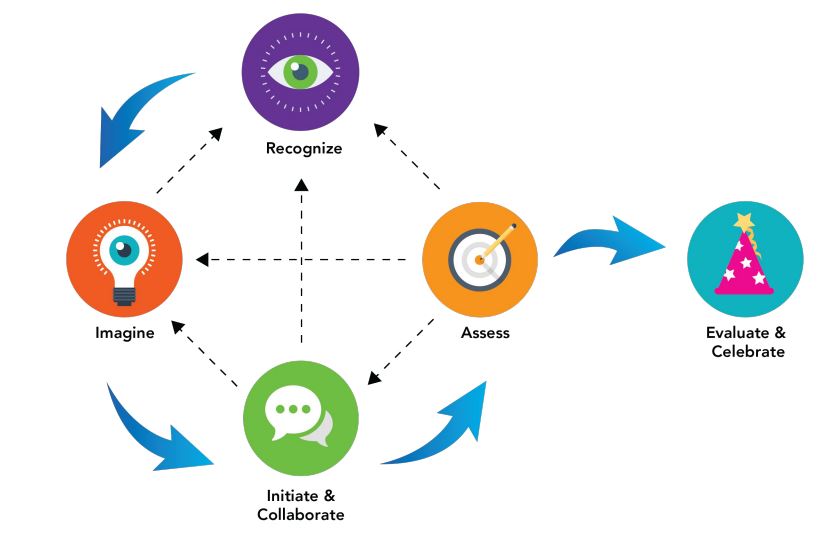Imagination
Exploring and envisioning new possible futures

Imagination is quite possibly a uniquely human ability. In essence, it allows us to explore ideas of things that are not in our present environment, or perhaps not even real. For example, one can imagine the cup of coffee seen the day before, or one can imagine an alien spaceship arriving in the
earth’s orbit. (Davies, 2012)
There are 8 types of Imagination:
1. Effectuative Imagination combines information together to synergize new concepts and ideas.
2. Intellectual (or Constructive) Imagination is utilized when considering and developing hypotheses from different pieces of information
or pondering over various issues of meaning say in the areas of philosophy, management, or politics, etc.
3. Imaginative Fantasy Imagination creates and develops stories, pictures, poems, stage-plays, and the building of the esoteric, etc.
4. Empathy Imagination helps a person know emotionally what others are experiencing from their frame and reference.
5. Strategic Imagination is concerned about vision of ‘what could be’, the ability to recognize and evaluate opportunities by turning them into
mental scenarios…
6. Emotional Imagination is concerned with manifesting emotional dispositions and extending them into emotional scenarios.
7. Dreams are an unconscious form of imagination made up of images, ideas, emotions, and sensations that occur during certain stages of sleep.
8. Memory Reconstruction is the process of retrieving our memory of people, objects, and events.
Using Learners’ Imagination in eLearning:
1. Developing learning activities that encourage learners to reflect.
Integrate learning activities that encourage them to reflect upon how they could use their new found information in the real world.
2. Asking provoking questions. Get them thinking about ideas or opinions that they might not have thought about otherwise, so that they can imagine the possibilities.
3. Allowing students to arrive at their own conclusions. This is because it requires a great deal of critical thinking, analysis, reflection, and imagination to arrive a decision or solution with minimal assistance.
4. Encouraging to design own learning material. By asking your learners to create their own learning materials, such as blogs, slide
shows, and modules, they can use their imagination and other skills they may have, to explore the subject matter on their own terms.



